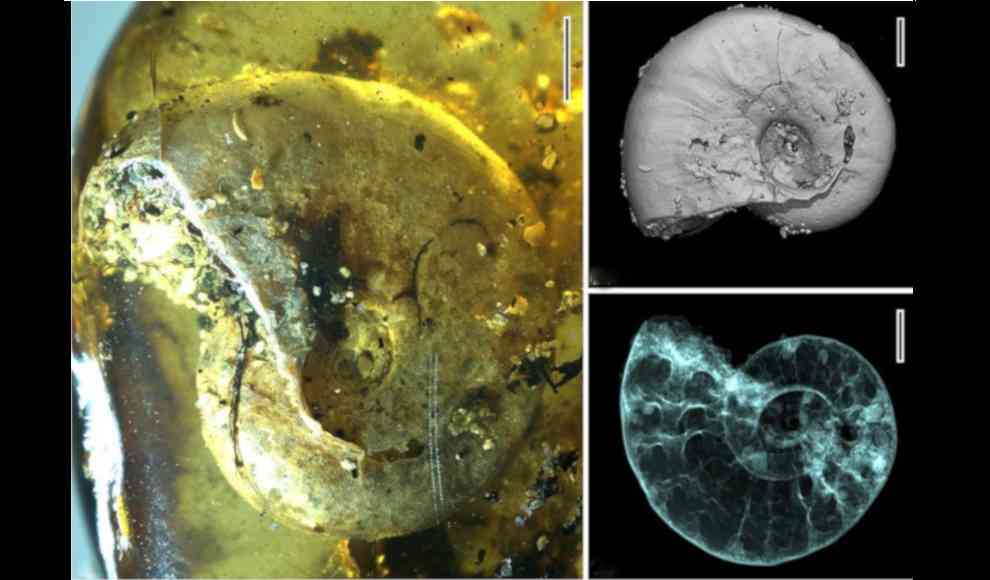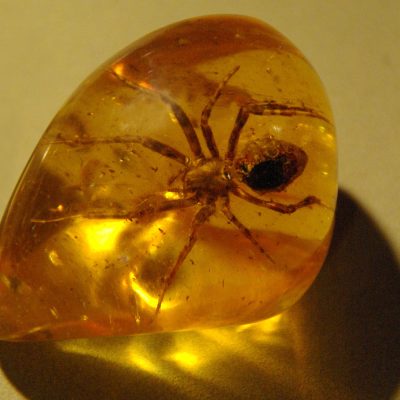In a groundbreaking discovery, scientists have found a 99 million-year-old ammonite preserved in amber in Myanmar. Ammonites, which are relatives of modern-day squids, have only been found as fossils until now. The discovery was made by researchers from the Chinese Academy of Sciences, who believe that the creature was washed up on the beach and then encased in resin that eventually turned into amber. Amber, which is made from fossilized tree resin, has the unique ability to preserve prehistoric animals and plants for millions of years, making it an important source for scientists studying ancient life.
The young ammonite was found in a piece of Burma amber that is approximately 99 million years old. Along with the ammonite, at least 40 other creatures, including mites, spiders, insects, and sea snails, were also preserved in the amber. Using X-ray micro-computed tomography, the scientists were able to create a 3D model of the ammonite, which they believe to be a juvenile of the Puzosia genus that lived during the Cretaceous period. The estimated age of the ammonite matches the age of the amber, and the condition of the creature suggests that it was already dead when it was encased in resin.
The discovery not only sets a new record but also provides new insights into the fossilization of amber and the paleoecology of Cretaceous amber forests. Tingting Yu, one of the researchers, believes that the shell of the dead ammonite was washed up on a beach near a forest, where it was then encased in resin. The findings are significant as they shed light on the evolution of ammonites and provide a glimpse into the ancient world.










